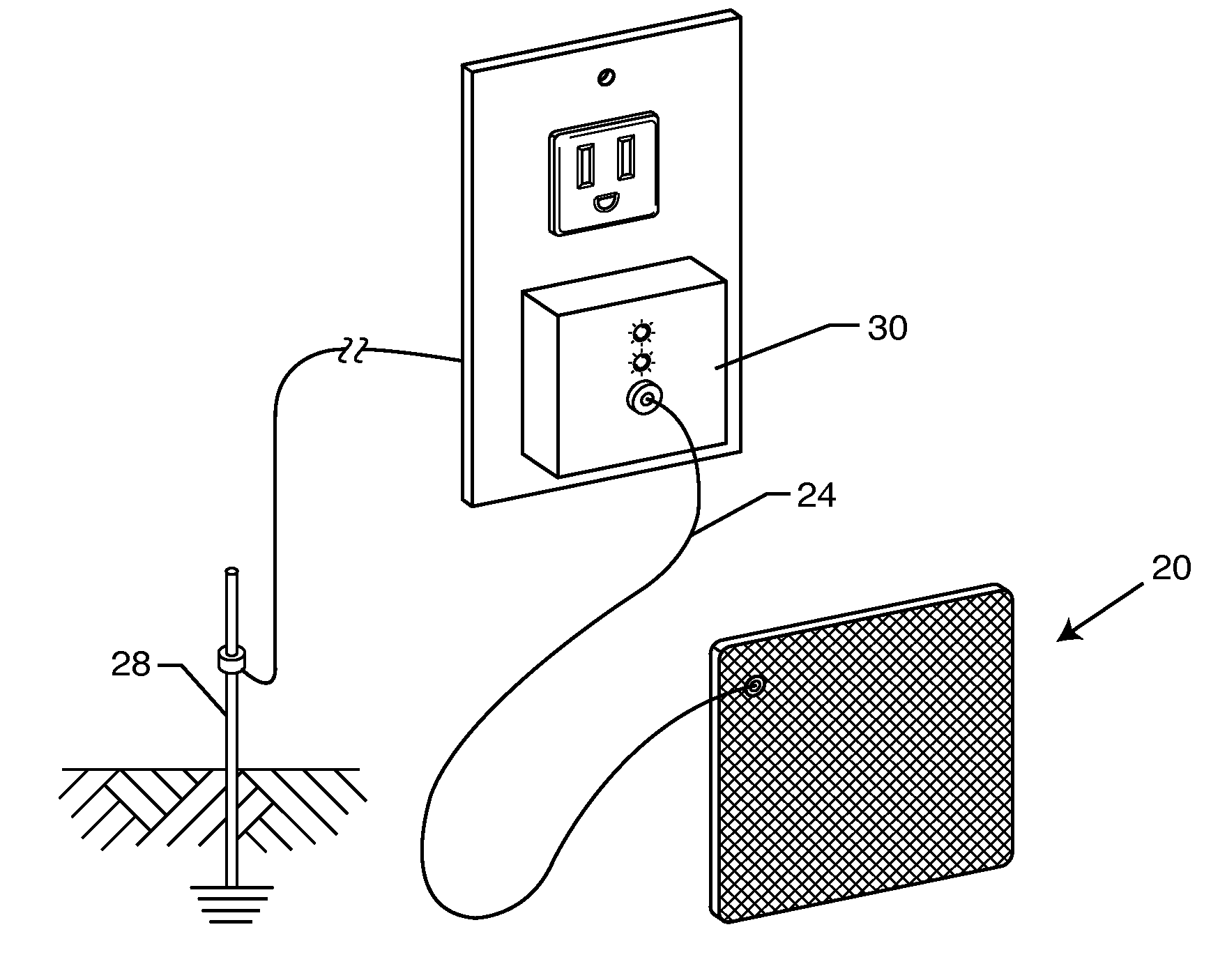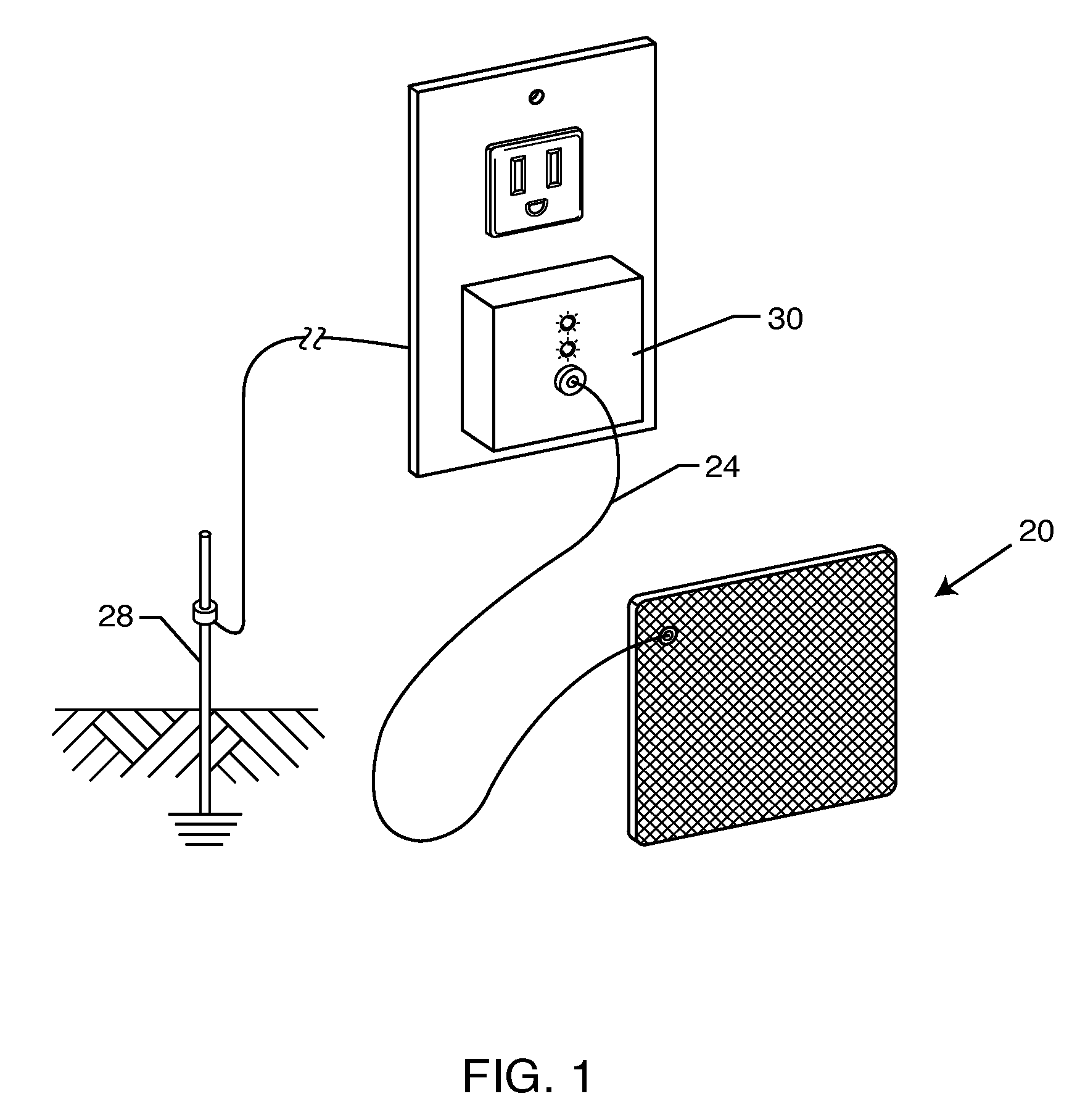However, these factors have relatively little effect on the ability of an earth connection to allow free electrons to flow from the earth to the body or vice versa.
While these highly reactive substances are manufactured for use at specific sites of infection or
tissue damage, they can leak into surrounding tissues, where they inflict various types of undesirable but unavoidable damaging side effects.
While ROS free radicals are obviously vital to the immune response, problems arise when the process does not completely wind down after an injury or site of
disease has been cleared of pathogens and
cellular debris.
The immune
system responds by delivering more ROS free radicals, establishing a destructive or vicious cycle that can continue indefinitely, even for dozens of years.
Scientists have known for a long time that the
inflammatory response can backfire, causing a host of autoimmune diseases.
In all of these diseases, the underlying problem is similar—the body's immune
system is attacking the very organs it was designed to protect.
And inflammation in one organ can be associated with problems in other organs.
But in chronic neurodegenerative diseases like Alzheimer's, these glial cells are activated too high or too long or both.
These problems are particularly significant for the athlete or performer or other person involved in strenuous
exertion or
physical exercise.
When this happens, free radical damage can overwhelm the restorative processes that normally repair cells and cellular components including
DNA.
When extreme
exertion is coupled with injury, as often occurs in highly competitive sports, the result can be an even larger build-up of free radical damage that can severely inhibit and thereby prolong the
recovery process.
But these drugs do not assist in the healing process.
In fact,
cortisone has actually been shown to slow healing.
The injured performer gets immediate
pain relief from the treatment and is able to continue his or her activity, but this can lead to more serious problems in the longer term.
As with cortisol, however, experience is showing that prolonged use of NSAIDS can also lead to serious side effects.
The resulting charge imbalance can be passed in a series of reactions from molecule to molecule, causing further
oxidative stress and disrupting
metabolism.
In addition, the
antioxidant, once it has served its purpose, must be metabolized and excreted from the
organism, posing an additional work load on the biochemical machinery of the body.
Moreover, antioxidants and their metabolites can have deleterious side effects.
A major challenge is extending understandings at the
quantum or
microscopic level to larger scale or macroscopic phenomena.
The challenge is to apply sophisticated
quantum or microscopic understandings to macroscopic behavior.
Much
confusion arises when trying to stretch subjective understandings of the behavior of the visible or macroscopic world to events that are occurring at invisible electronic or
quantum levels and that are therefore more precisely explainable by the
physics that has been developed to explain events taking place at those small scales.
To use this as an analogy of how electrons move through the surface of the earth or within
living systems introduces considerable
confusion and lack of
clarity, as the behaviors of electrons and electric currents are invisible, and neither the earth's crust nor living tissues behave like simple metallic wires.
Any
system containing less than this number of particles would be regarded as microscopic, and, hence, conventional statistics could not be applied without unacceptable error.
Because of barriers to communication between scientists working in different disciplines, the biological and biomedical significance of the discoveries of Bose, Einstein, Szent-Györgyi, Fröhlich and others is not as well appreciated as it might be.
There are serious limitations to the use of oxidation / reduction concepts when looking at free
electron interactions with free radicals in the
human body.
Moreover, free radical reactions can be exceedingly fast, making it difficult to follow reaction rates based on changes in the concentrations of reactants and products.
 Login to View More
Login to View More  Login to View More
Login to View More 

